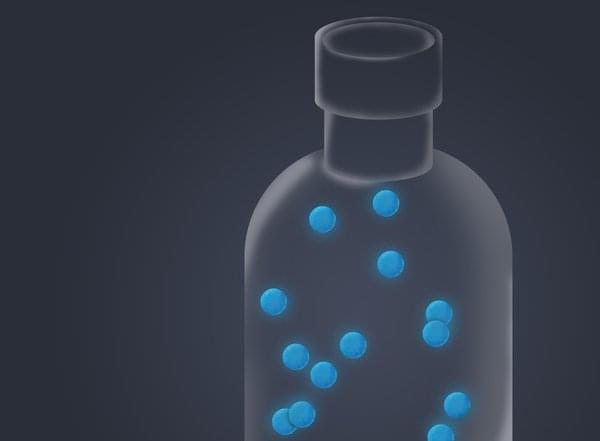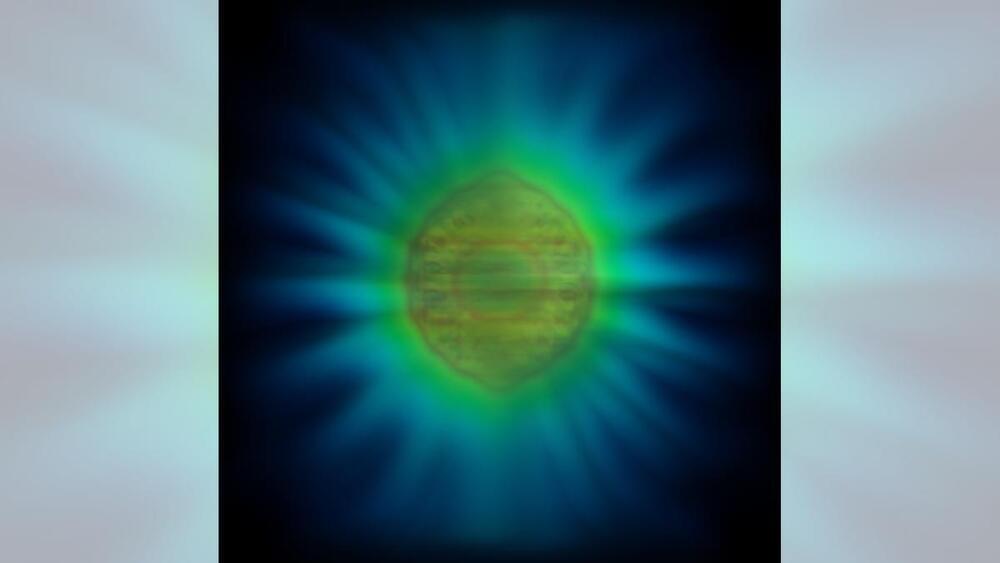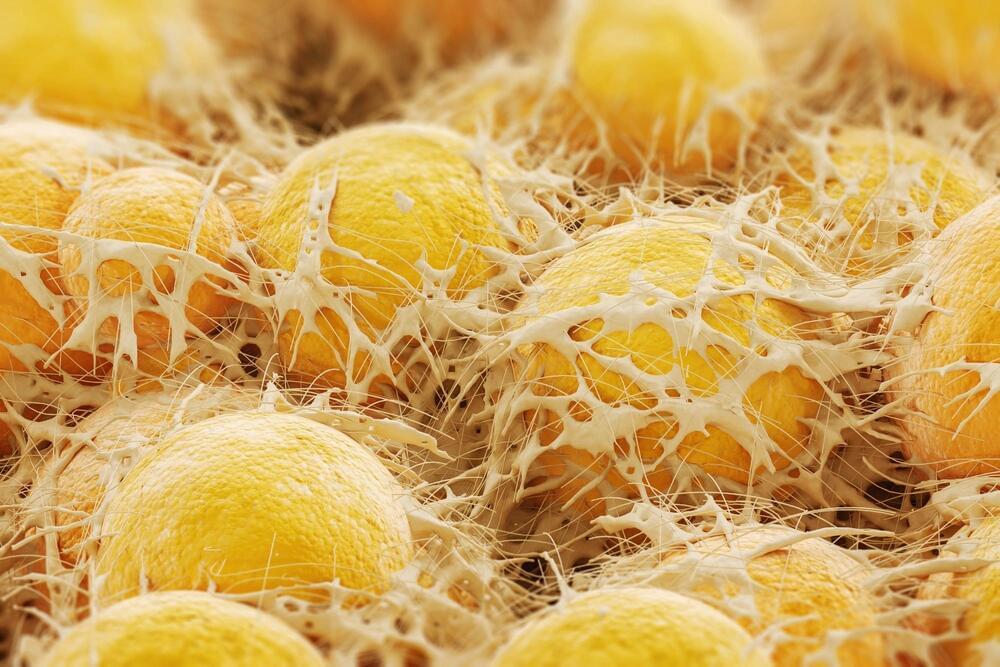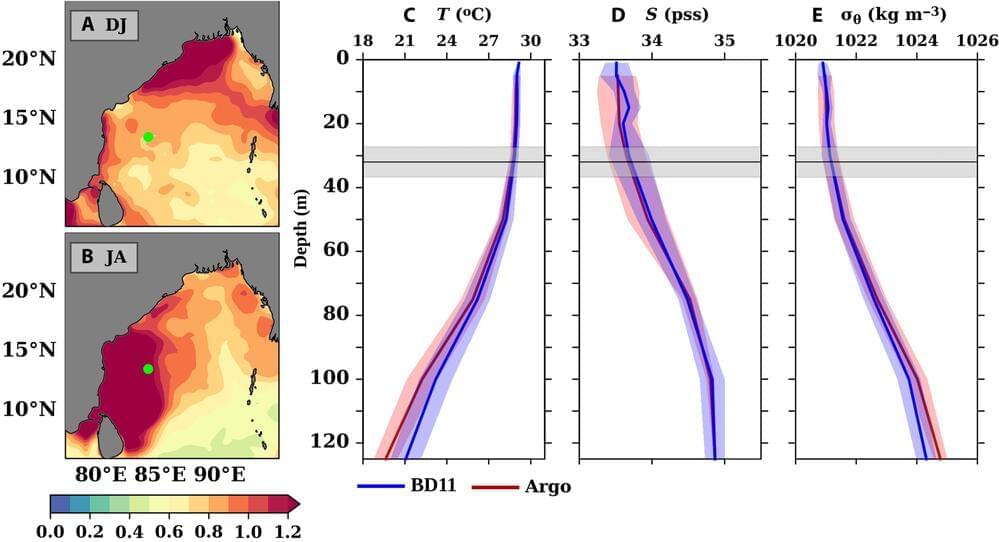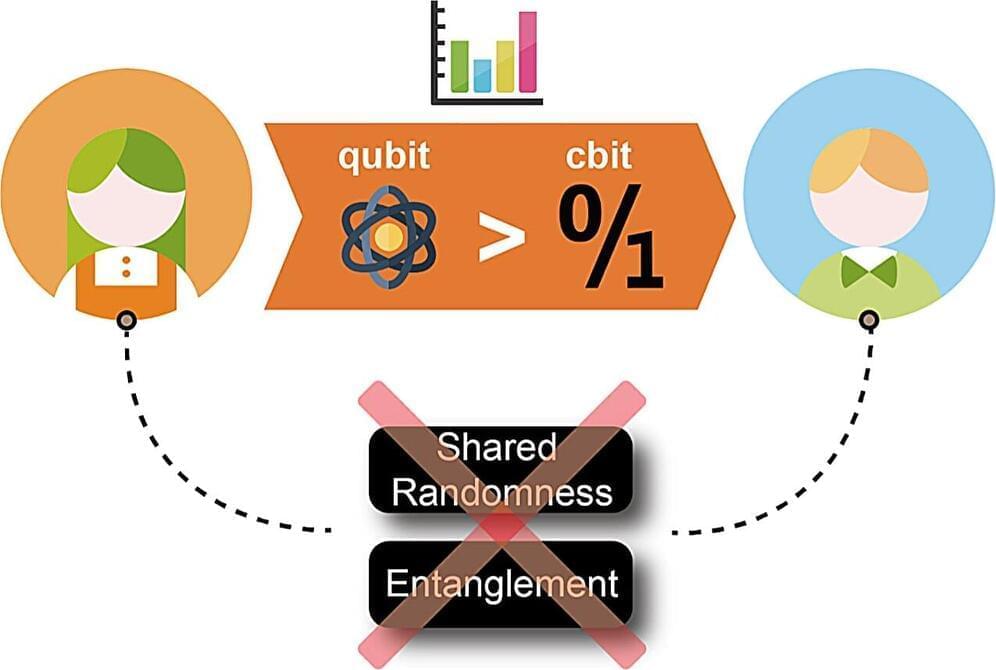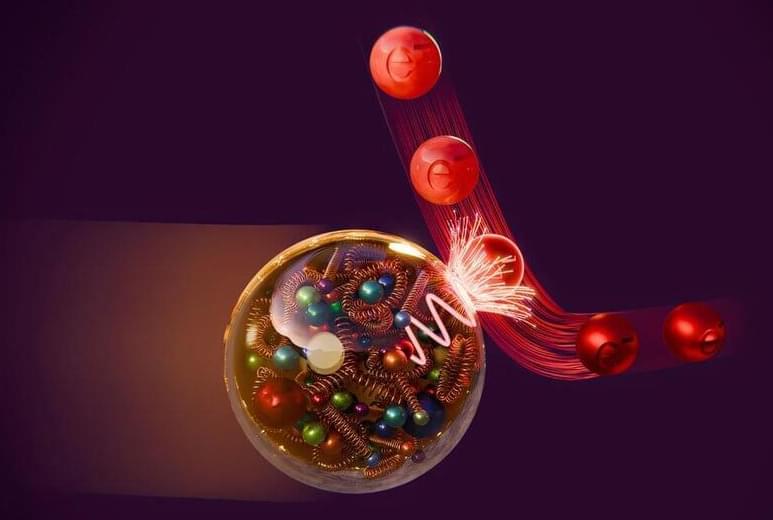Particles called neutrons are typically very content inside atoms. They stick around for billions of years and longer inside some of the atoms that make up matter in our universe. But when neutrons are free and floating alone outside of an atom, they start to decay into protons and other particles. Their lifetime is short, lasting only about 15 minutes.
Physicists have spent decades trying to measure the precise lifetime of a neutron using two techniques, one involving bottles and the other beams. But the results from the two methods have not matched: they differ by about 9 seconds, which is significant for a particle that only lives about 15 minutes.
Now, in a new study published in the journal Physical Review Letters, a team of scientists has made the most precise measurement yet of a neutron’s lifetime using the bottle technique. The experiment, known as UCNtau (for Ultra Cold Neutrons tau, where tau refers to the neutron lifetime), has revealed that the neutron lives 14.629 minutes with an uncertainty of 0.005 minutes. This is a factor of two more precise than previous measurements made using either of the methods. While the results do not solve the mystery of why the bottle and beam methods disagree, they bring scientists closer to an answer.
